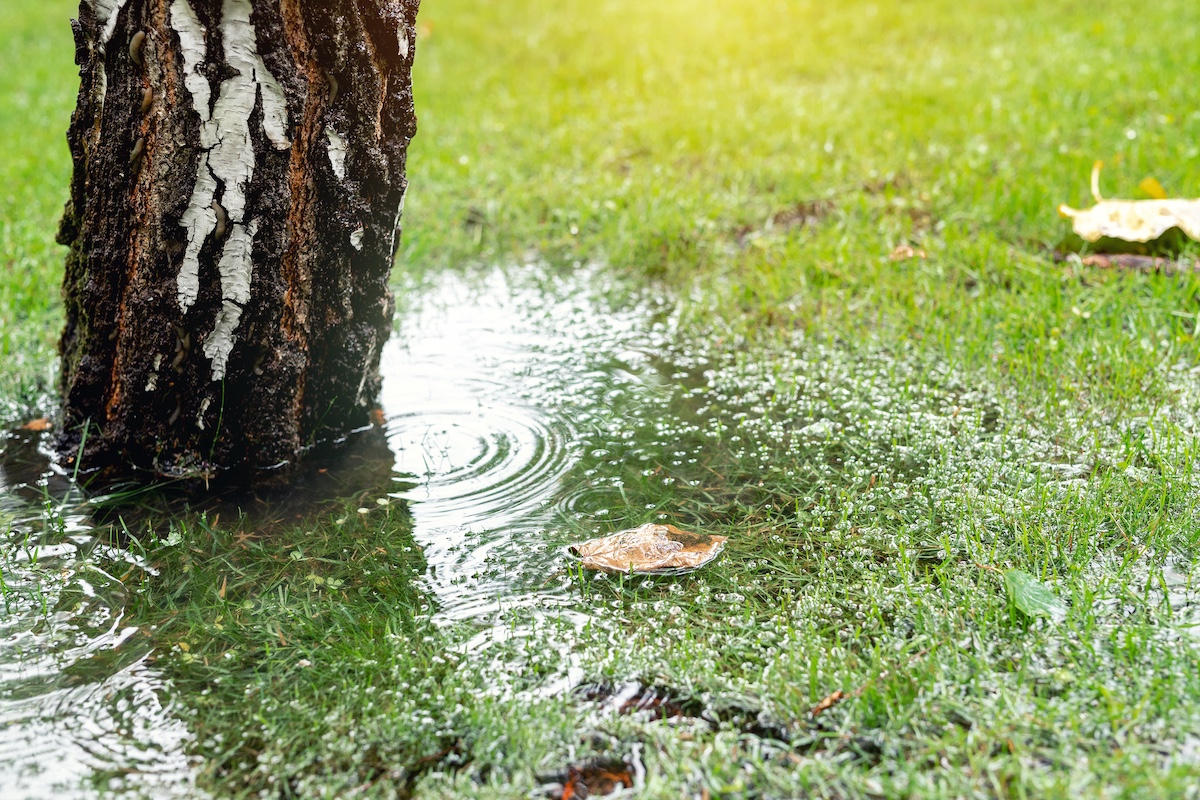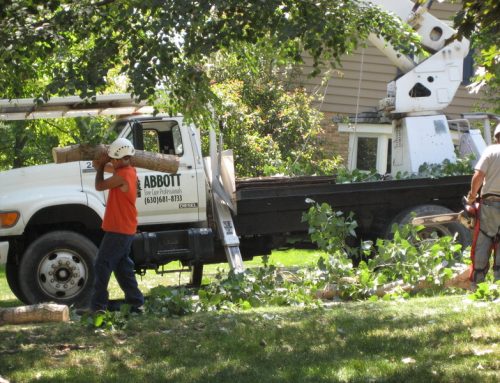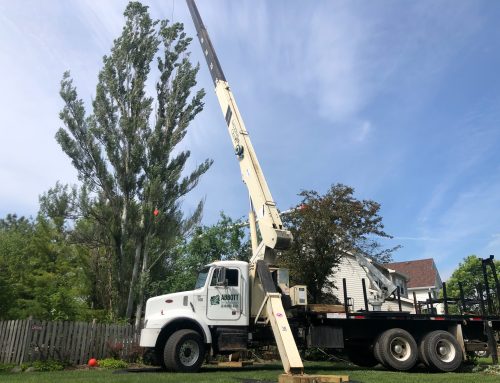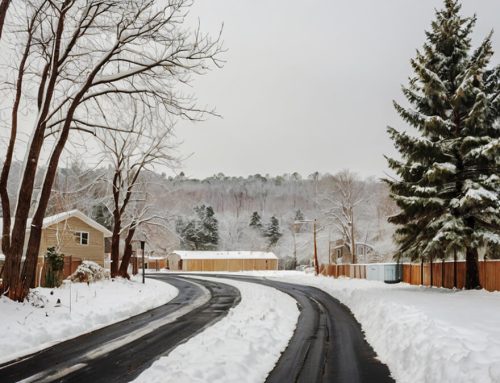When your yard turns into a temporary pond after a storm, your trees might be standing in water—and they could be in trouble. While most trees can handle short periods of excess moisture, prolonged flooding can lead to root damage, disease, and long-term health issues. If you’re dealing with flooded trees, taking the proper steps can make a big difference in their recovery and long-term survival.
Why Flooding Is Hard on Trees

Trees need water to survive, but too much of it can cause serious problems. When soil stays waterlogged for days or even weeks, it cuts off the oxygen supply to roots. Roots can die, rot, and become vulnerable to fungi and pests without oxygen.
Younger trees and species that don’t tolerate moisture are especially at risk. Even moderate flooding can have lasting effects in areas like northern Illinois, where clay-heavy soils already drain slowly.
Signs Your Tree May Be Struggling After a Flood
Not all damage is obvious right away. Keep an eye out for these common signs of flood stress:
- Yellowing leaves
- Leaves dropping out of season
- Wilting or browning foliage, even when the soil is wet
- Mushrooms or fungal growth around the base of the tree
- Soft, squishy ground around the roots for an extended period
- Dieback in branches
- Thinning canopy
How to Help Flooded Trees
Let the Water Drain Naturally (If Possible)
Check if your yard has poor drainage or compacted soil if the standing water hasn’t drained within 24 to 48 hours. Gently redirect runoff if you can, but avoid damaging the soil around the base of the tree.
Avoid Adding More Water
This may seem obvious, but your trees don’t need any additional moisture after a flood. Hold off on watering until the soil has dried out and the top few inches feel dry to the touch.

Aerate the Soil
If the ground is compacted or soggy, lightly aerating the soil around the tree’s drip line can help oxygen reach the roots. Be gentle—don’t disturb the roots or use heavy equipment. A garden fork can work well for small areas.
Add Mulch (But Not Too Much)
Once the ground has dried out a bit, apply two to four inches of mulch around the base of the tree, but not against the trunk. This mulch can help regulate soil moisture and temperature. It also helps reduce future stress from temperature swings and moisture fluctuations.
Check for Pests and Fungal Problems
Flooded trees are more vulnerable to insect infestations and fungal diseases. Monitor the tree closely for any unusual signs like cankers, oozing sap, or insect activity. If you’re unsure what you’re seeing, a certified arborist can help identify any issues early.
Skip Fertilizing for Now
Avoid fertilizing a stressed or flooded tree. It may be tempting to “boost” the tree’s recovery, but applying fertilizer when roots are damaged can do more harm than good.
Prune Carefully
If your tree has broken or dead branches from the storm, go ahead and prune those back. Hold off on any heavy pruning until the tree has recovered—removing too much at once can add to the stress.
Call a Certified Arborist
It’s time to call a professional like Abbott Tree Care if you’re concerned about your tree’s health after flooding, especially if it’s leaning, showing signs of disease, or declining quickly. A certified arborist can assess the damage, recommend treatment options, and help you decide whether your tree can recover—or if removal is safer.
Flooded trees can be a big concern, but with a little patience and proper care, many trees can bounce back from temporary water stress. By keeping an eye out for symptoms, improving soil conditions, and seeking expert help when needed, you can give your trees the best chance at recovery—and protect your landscape from future flooding issues.
Want help recovering your flooded trees? Contact Abbott Tree Care to schedule a tree health assessment. Our certified arborists are here to help your trees stay strong, healthy, and storm-ready.





